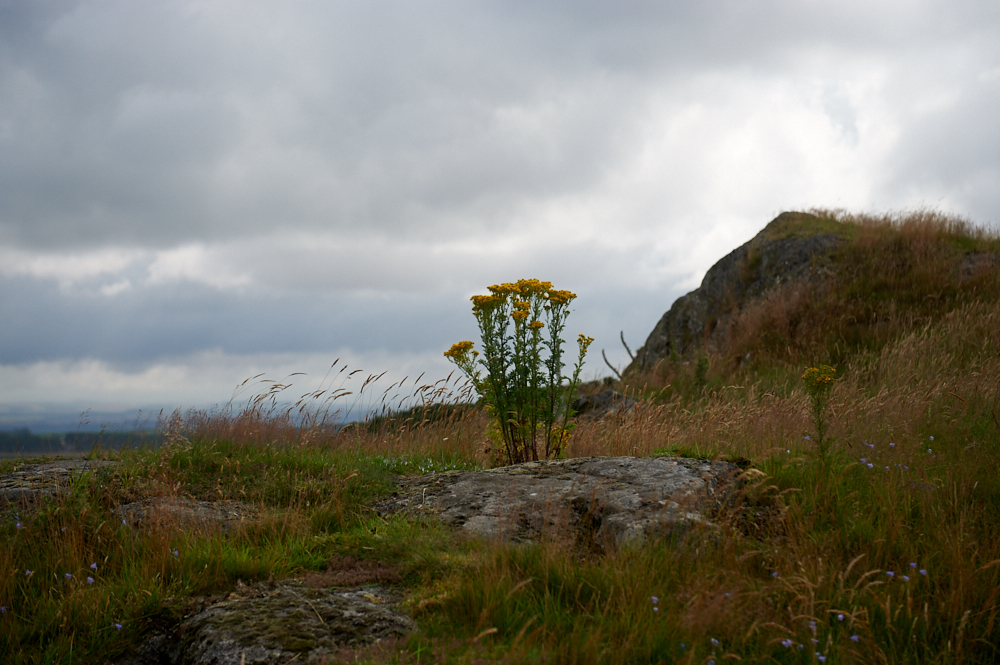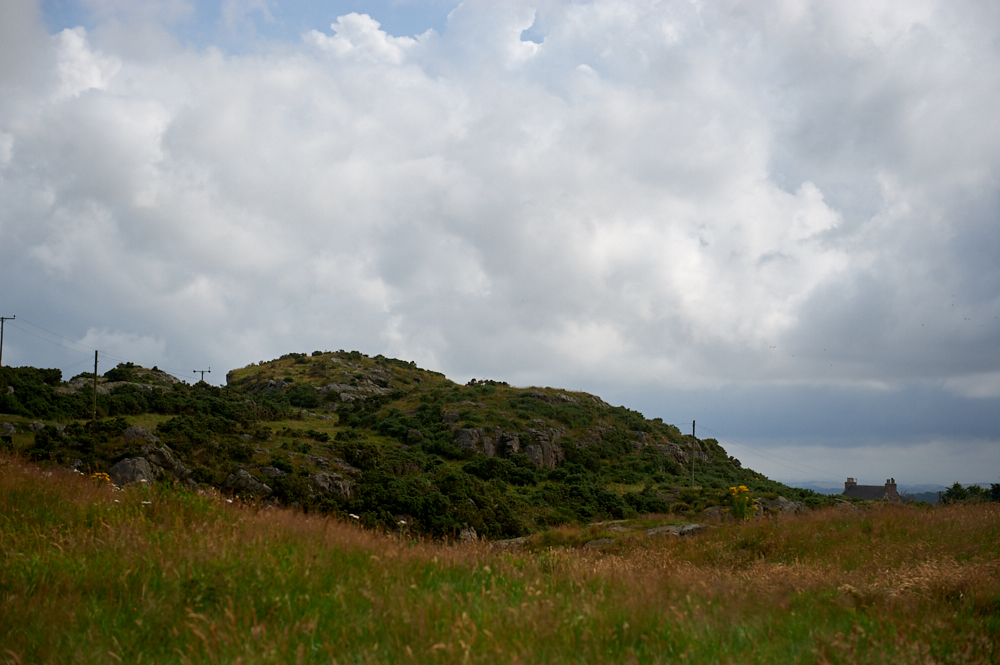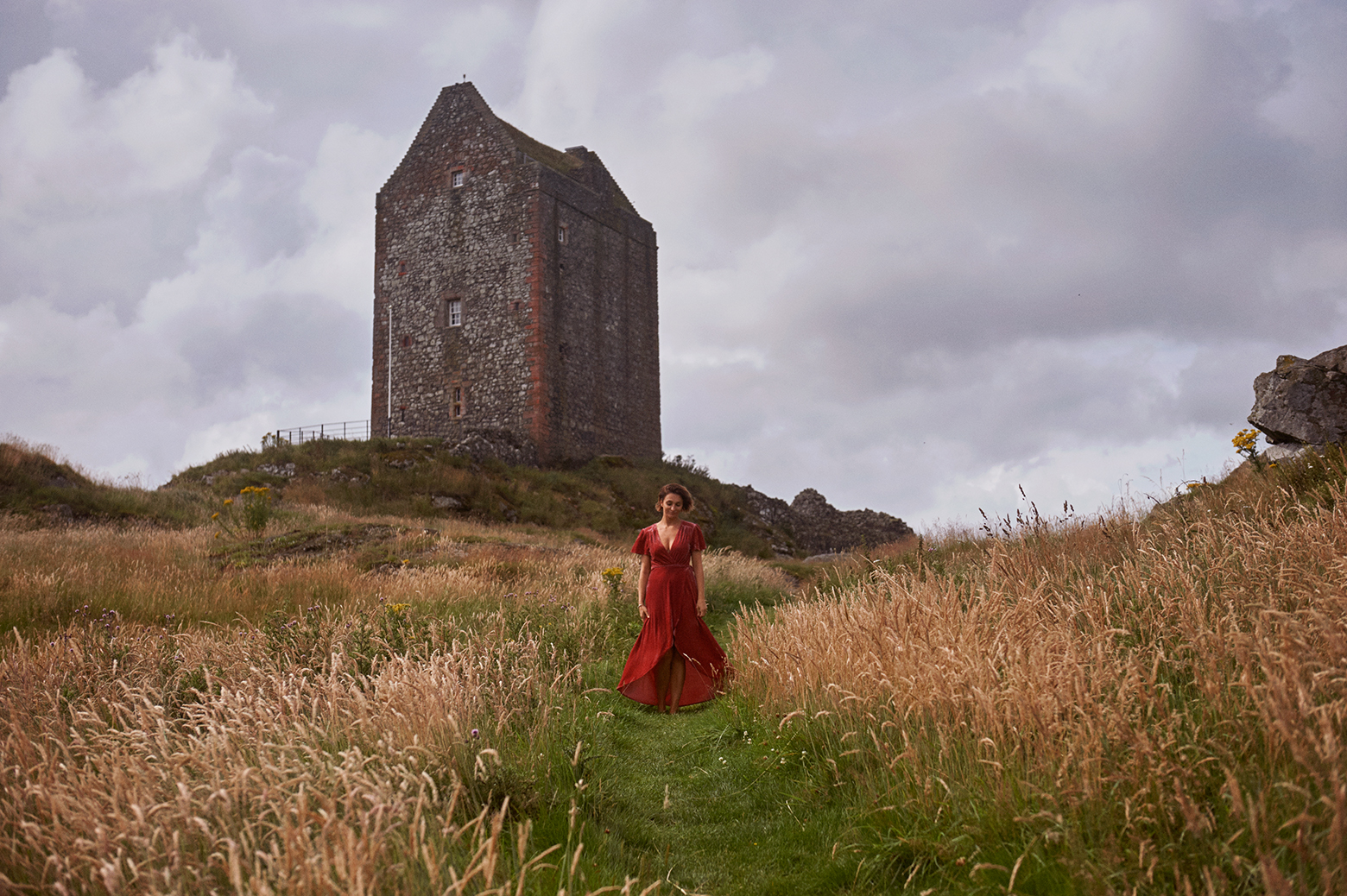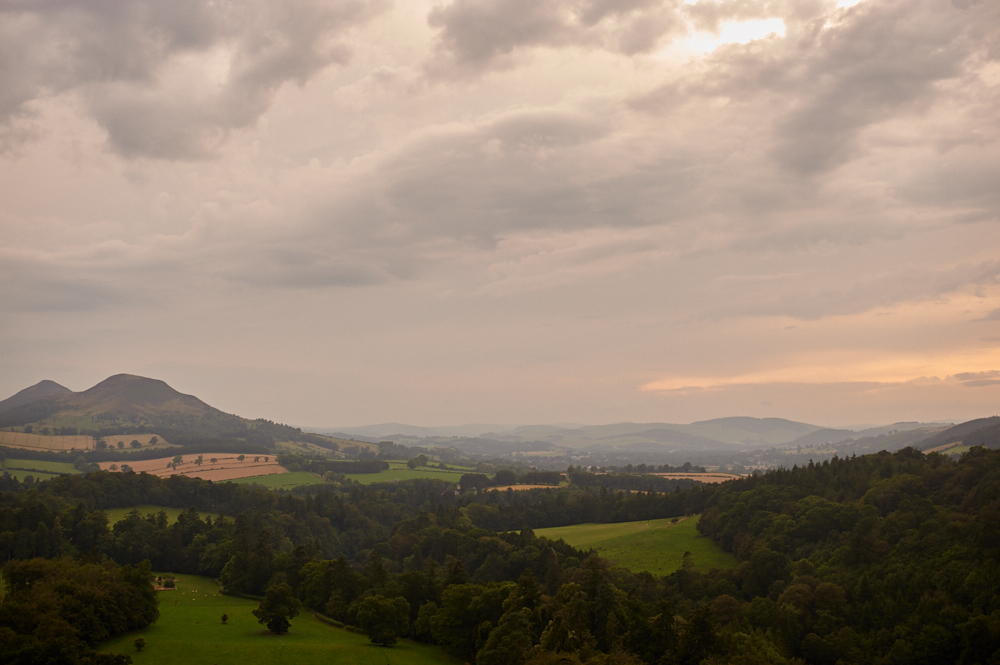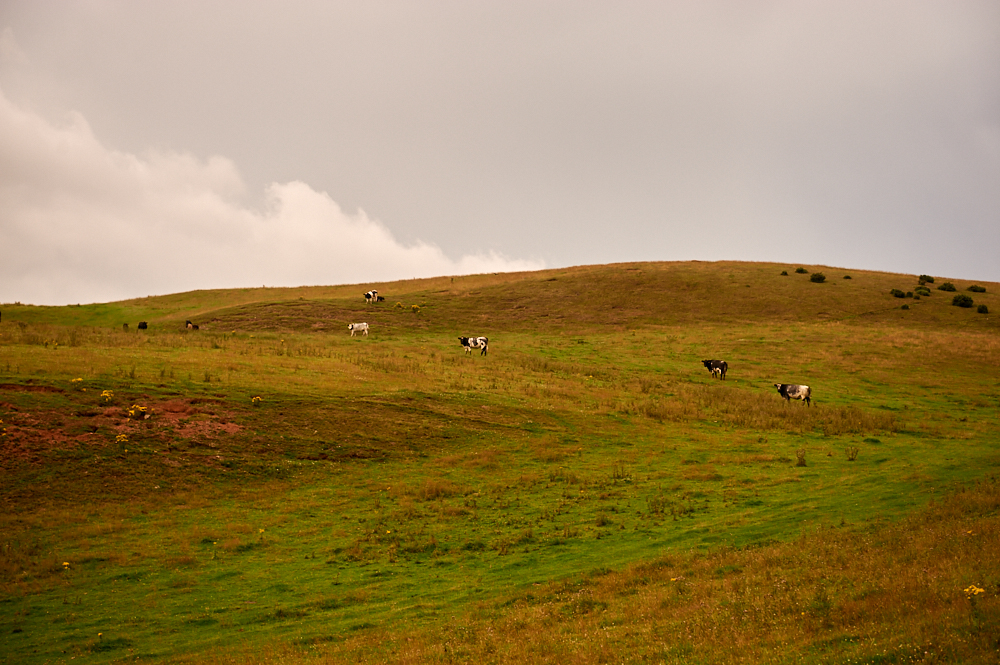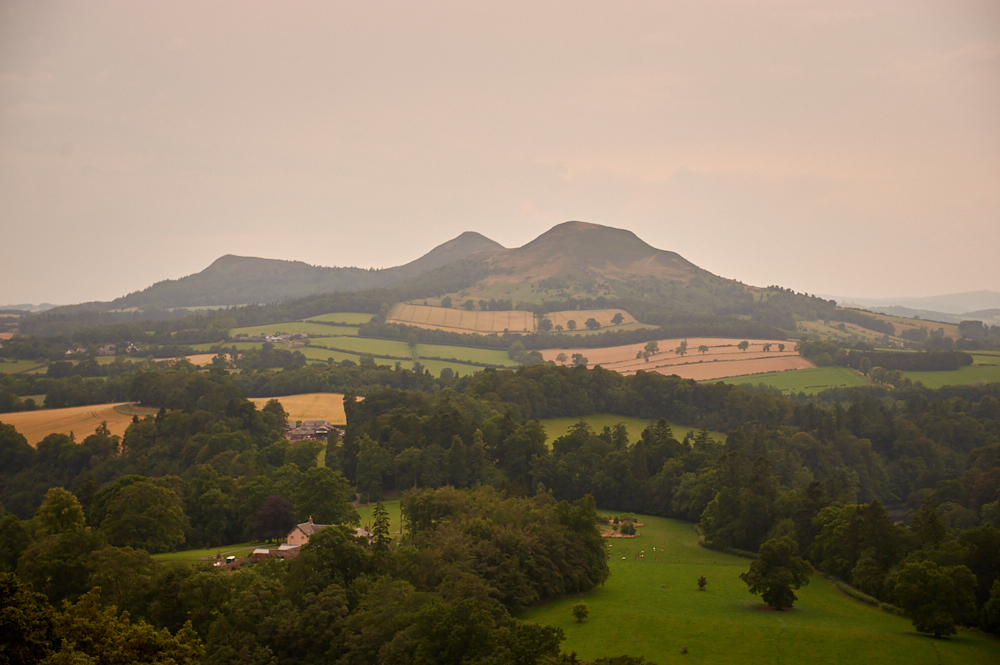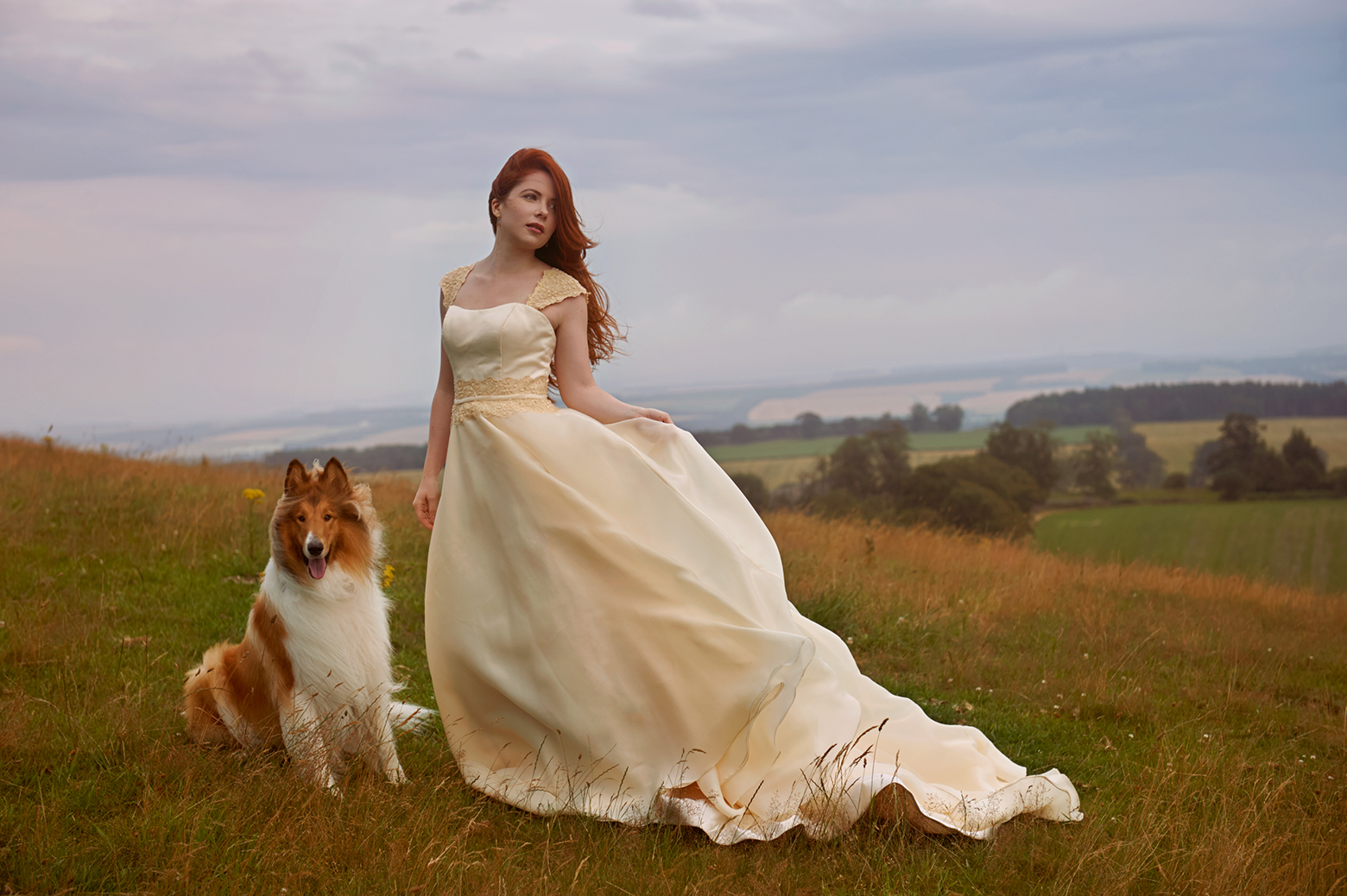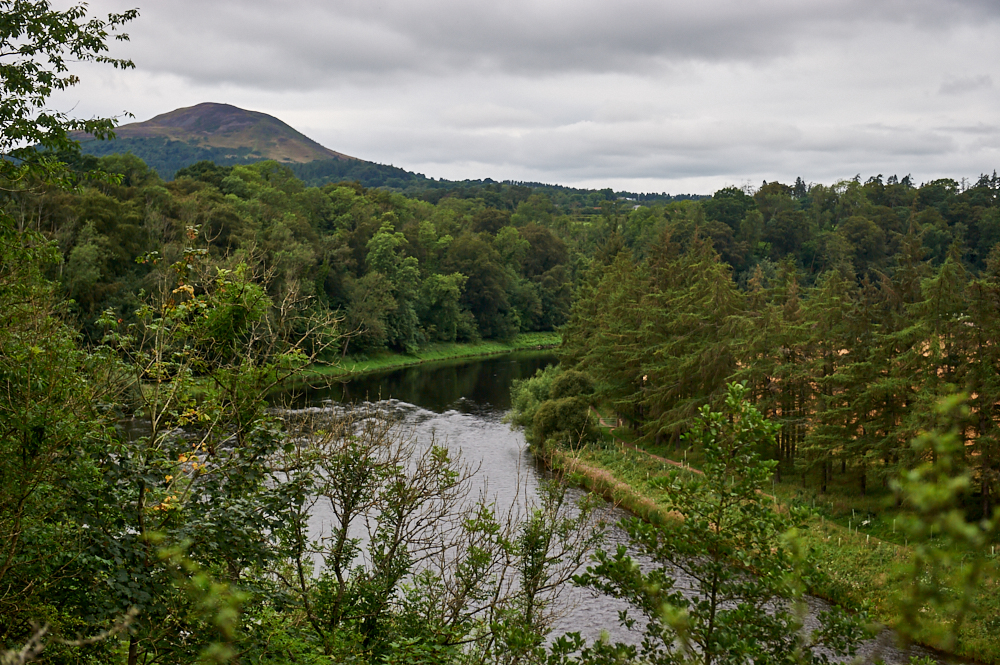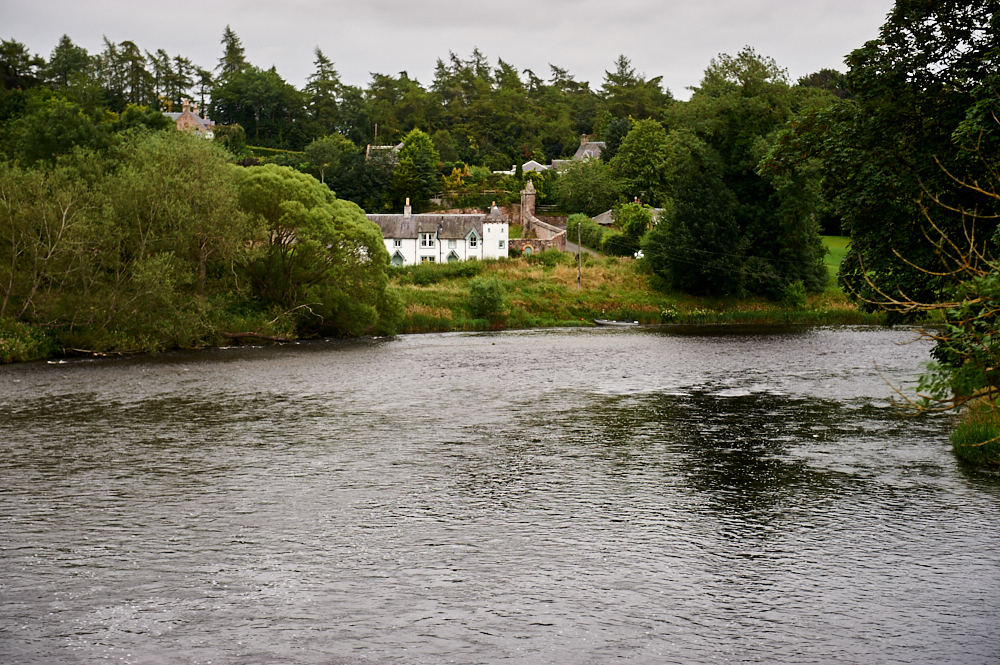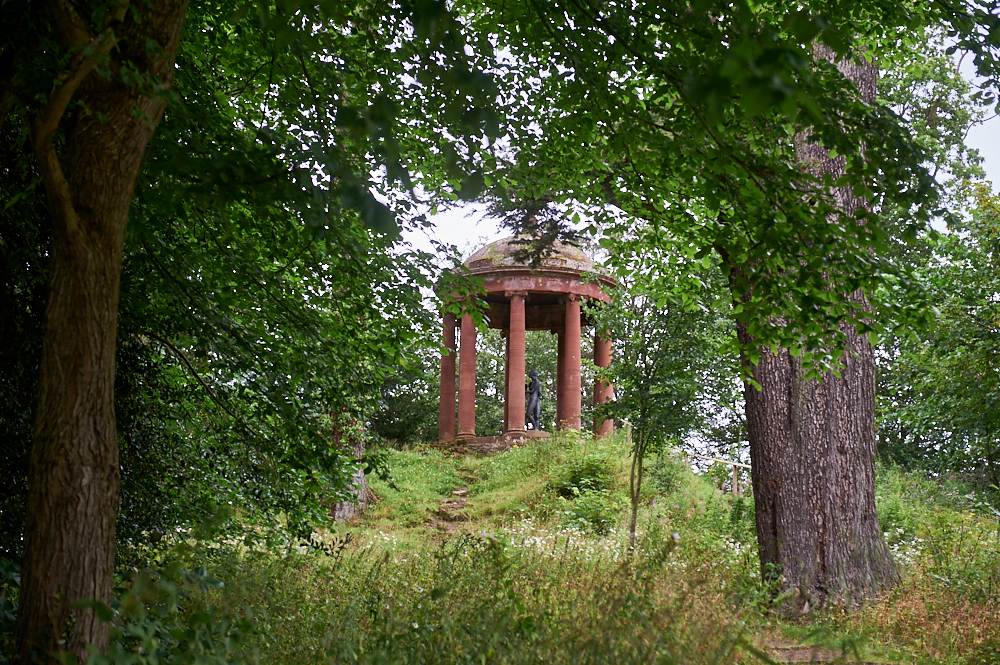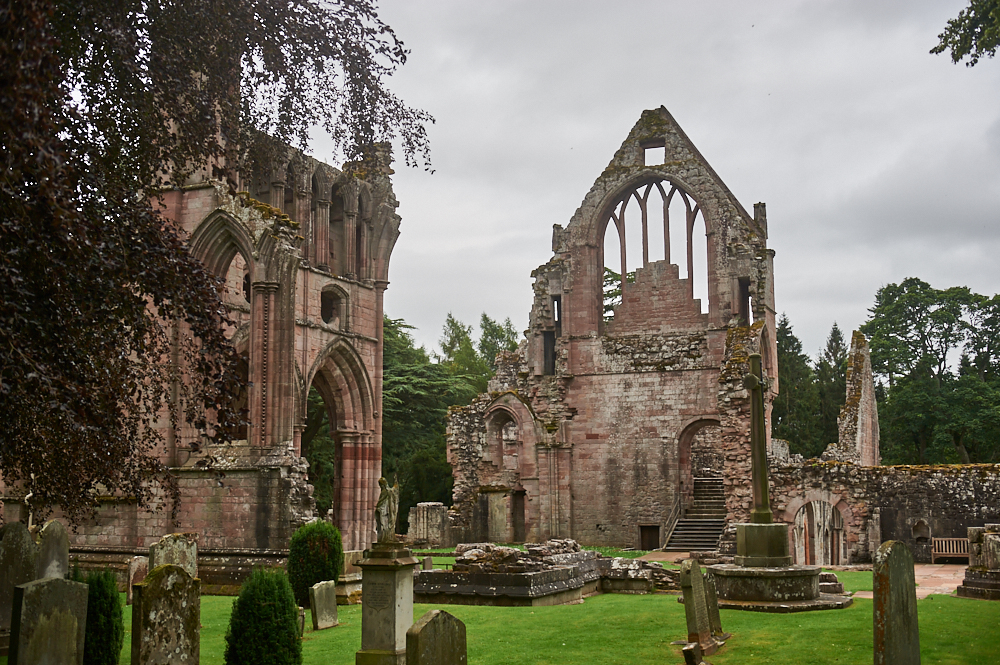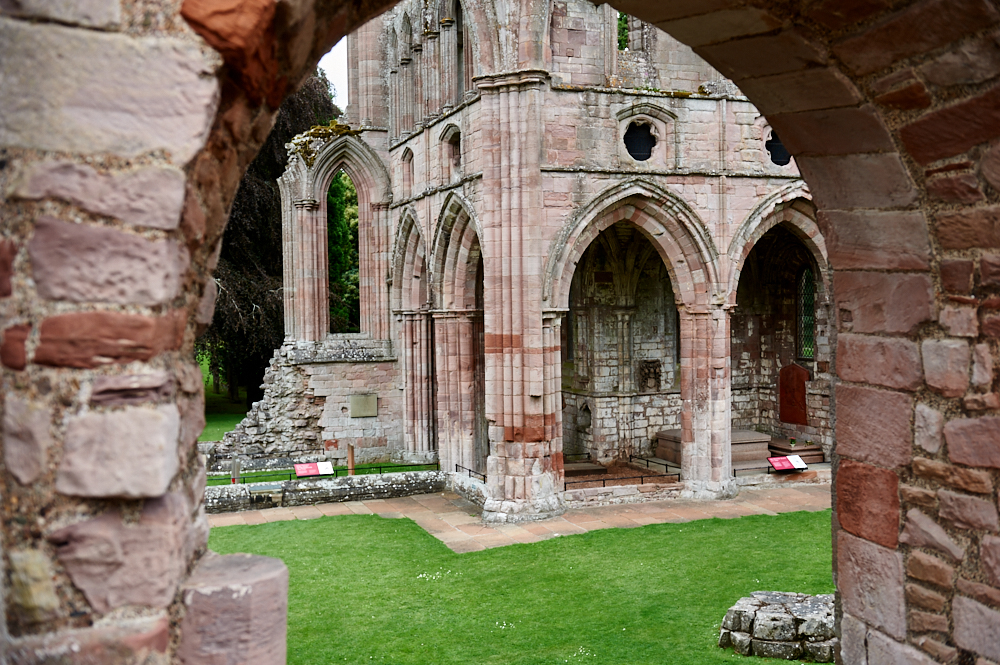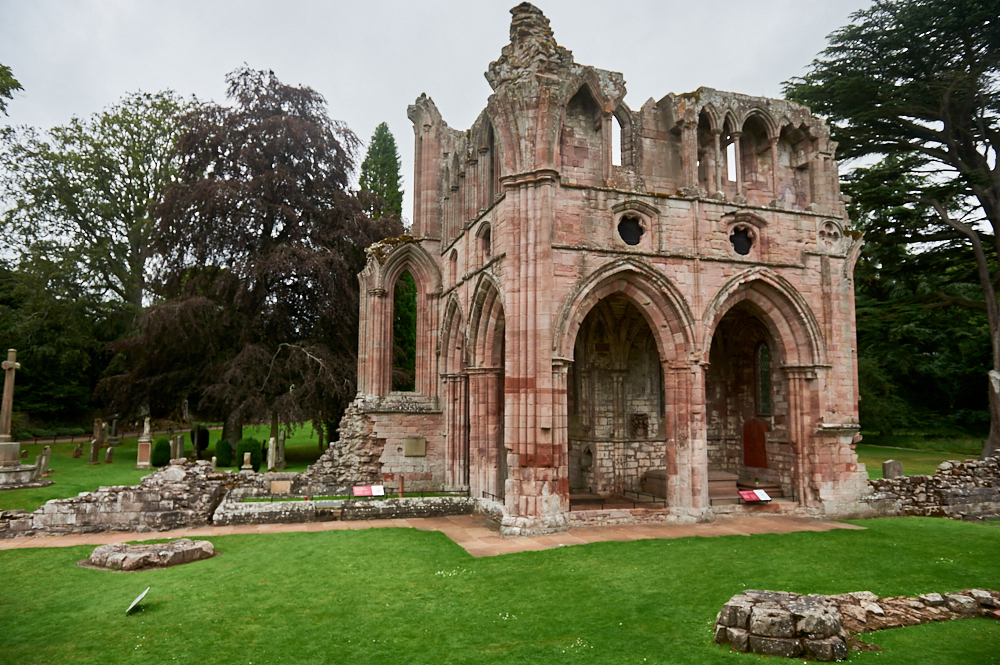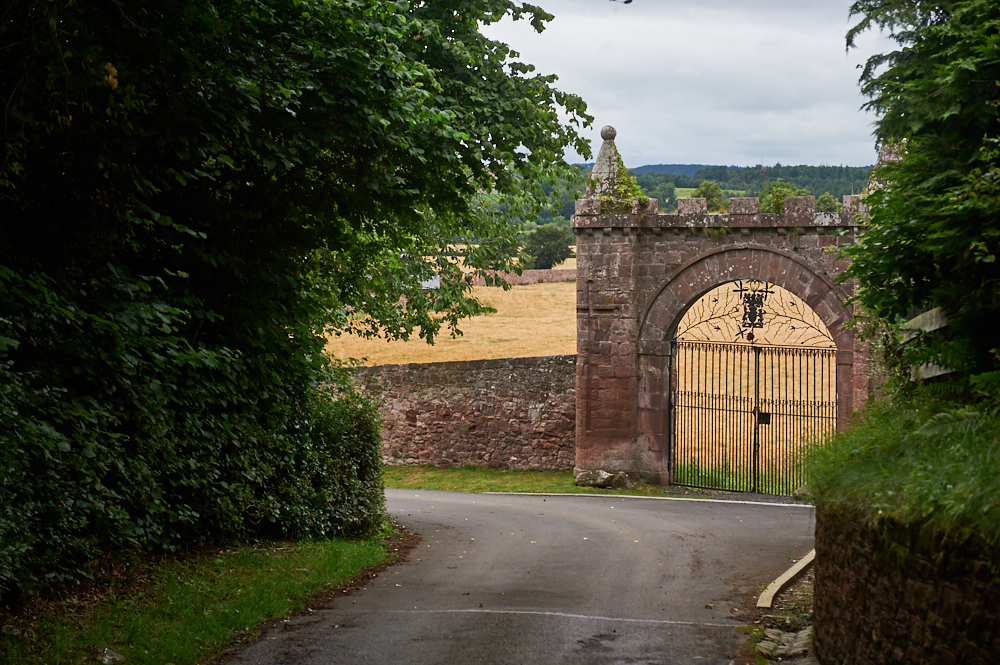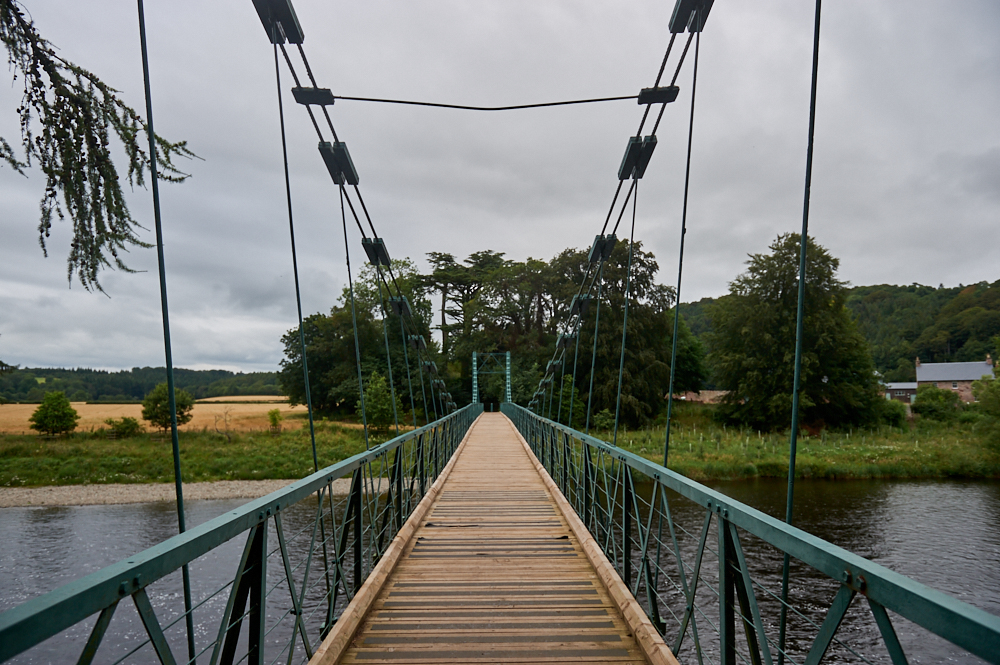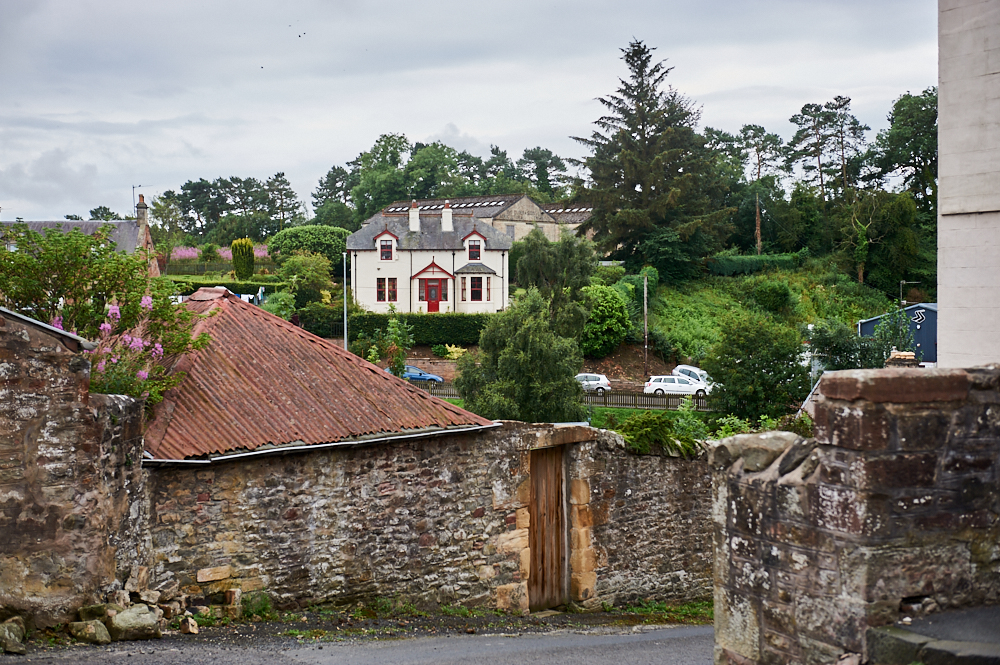
Sited high on a rocky outcrop, Smailholm is a small rectangular tower set within a stone barmkin wall.
This 65 ft towerhouse was built by a well-known Scottish Borders family in the first half of the 15th century, and today you can enjoy stunning views of the surrounding countryside from Smailholm Tower’s battlements. (Visitscotland.com)
Karina and I had a photoshoot in Galashiels and were looking for a bit of nature as a second location and that brought us to Smailholm Tower, lucky for me, I´ve probably hadn´t visited it otherwise.
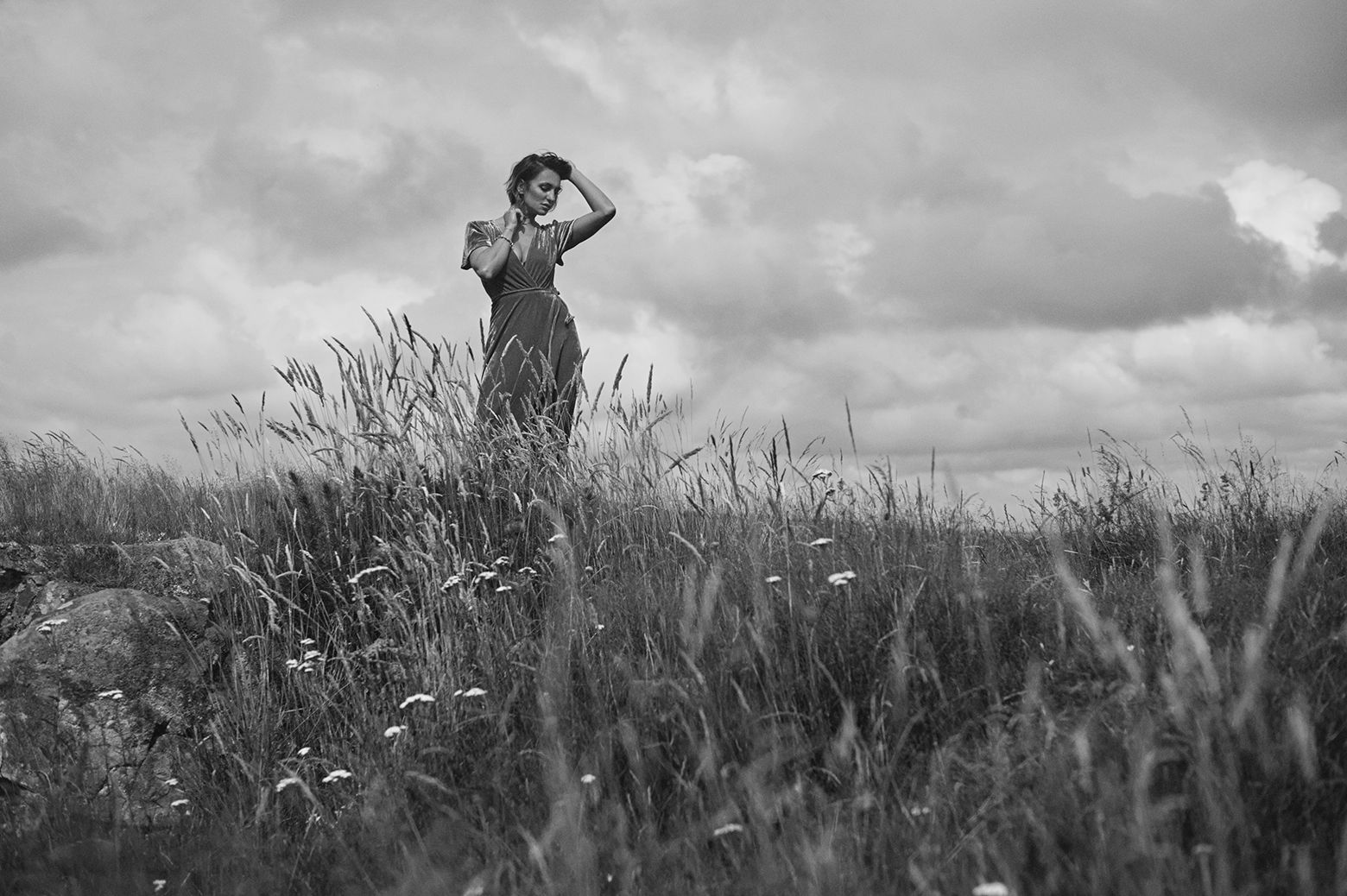
a place that inspired Sir Walter Scott. Ancestors of the great Romantic novelist had called the tower home, and Scott learned the power of border ballads as a young infant living on the estate. (Historic Environment Scotland)
Smailholm Tower is a 20m high tower house built by the Pringles family in the first half of the 1400s as a border stronghold. The tower was closed on the day we visited but the view from up there must be stunning!
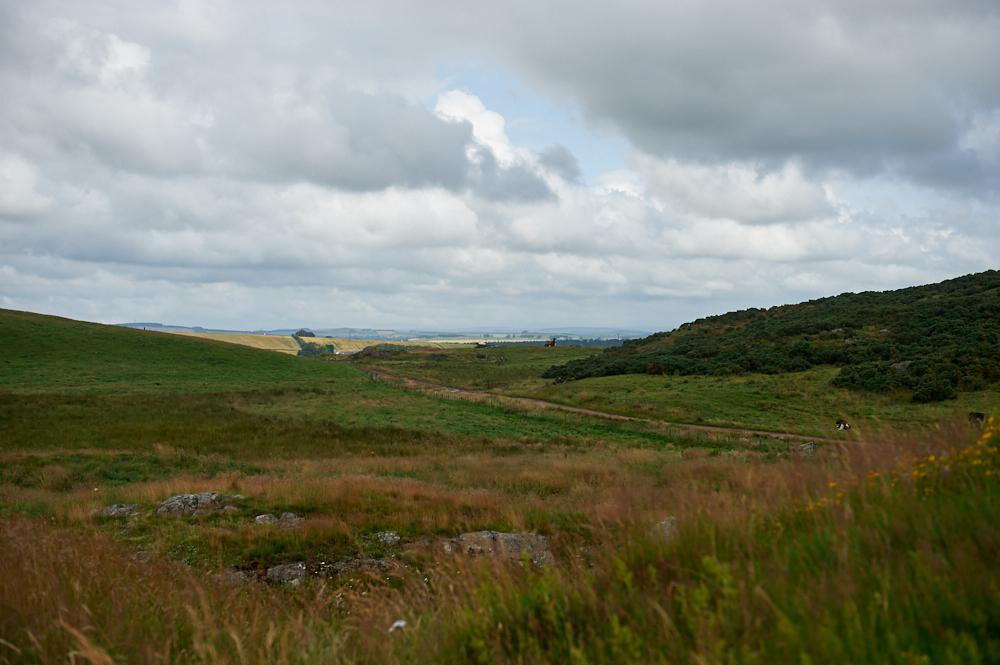
Smailholm Tower was designed, in common with all Scottish peel towers, to provide its occupants with protection from sporadic English raids. The tower was attacked by English soldiers in 1543, 1544 and again in 1546, when the garrison of Wark Castle sacked the tower and carried off prisoners and cattle. The castle was successfully defended against the English in 1640, by Sir Andrew Ker of Greenhead. (Wikipedia)
